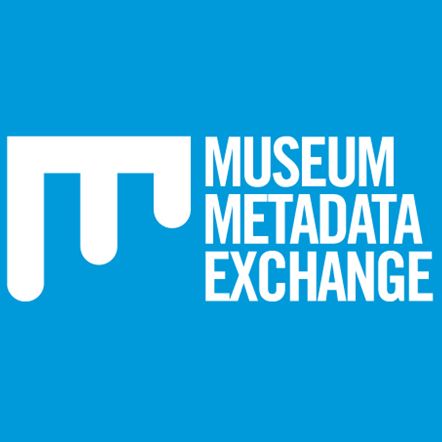Brief description
A comprehensive and significant collection of Indigenous cultural heritage material. It was amassed throughout Donald Thomson's academic career mainly as an anthropologist in Aboriginal Australia. The material is primarily from Arnhem Land, Cape York, the Great Sandy Desert and the Gibson Desert in Western Australia, and a small amount originates in the Solomon Islands and West Papua (formerly Irian Jaya). In addition to some 7,200 artefacts, the Collection comprises over 5,300 pages of field notes and 11,000 pages of transcriptions; a quantity of maps, language notes, genealogies, diaries and science notebooks; around 11,000 photographs, negatives and glass plates; 25,000 feet of film and various sound recordings; 2,000 biological specimens; and hundreds of scientific illustrations done in pen and ink, ochres and watercolours. Various manuscripts, reports and correspondence relate to both his academic career and his social justice work.Full description
A comprehensive and significant collection of Indigenous cultural heritage material. It was amassed throughout Donald Thomson's academic career mainly as an anthropologist in Aboriginal Australia. The material is primarily from Arnhem Land, Cape York, the Great Sandy Desert and the Gibson Desert in Western Australia, and a small amount originates in the Solomon Islands and West Papua (formerly Irian Jaya). In addition to some 7,200 artefacts, the Collection comprises over 5,300 pages of field notes and 11,000 pages of transcriptions; a quantity of maps, language notes, genealogies, diaries and science notebooks; around 11,000 photographs, negatives and glass plates; 7600 metres of colour film and various sound recordings; 2000 biological specimens; and hundreds of scientific illustrations done in pen and ink, ochres and watercolours. Various manuscripts, reports and correspondence relate to Donald Thomson's academic career as an anthropologist and biologist, as well as his social justice work. Significance: The size and diversity of the Donald Thomson Collection renders it one of the world's most important ethnographic collections relating to Australian Aboriginal people. By amassing an enormous quantity of cultural material across vast areas over four decades, Donald Thomson endeavoured to establish a unique and comprehensive record of the diversity of people's knowledge in Aboriginal Australia. As an anthropologist, he focused on subsistence economies and material culture as well as kinship and religion. Together with the extraordinary visual record created by Donald Thomson, the Collection represents an invaluable record of ritual, economic and domestic life. It encapsulates a unique record of Aboriginal people's life at critical points in Australia's frontier history. The artefacts and images are annotated with detailed language, kinship and cultural information. And much of the value of the Collection lies in its careful interweaving of various sources of information and documentation and images. The Donald Thomson Collection was formed when all his material was transferred on loan to Museum Victoria in 1973. The artefacts and specimens remain the property of the University of Melbourne; while Donald Thomson left his 'literary estate' to his widow, Mrs Dorita Thomson, who lodged the notes, diaries, drawings, photographs, film and recordings, and the like with Museum Victoria as part of the Collection. The latter were listed on the UNESCO Australian Memory of the World Register in 2008.Notes
Date notes: Cape York artefacts 1928-33; Arnhem Land 1935-37, 1942-43; The Great Sandy Desert and The Gibson Desert of Western Australia 1957, 1963, 1965; the Solomon Islands and West Papua 1940-43.Spatial Coverage And Location
text: Arnhem Land, Northern Territory, Australia
text: West Papua (formerly Irian Jaya)
text: Cape York Peninsula, Queensland, Australia
text: Great Sandy Desert, Western Australia, Australia
text: Gibson Desert, Western Australia, Australia
text: Solomon Islands
Subjects
User Contributed Tags
Login to tag this record with meaningful keywords to make it easier to discover
Identifiers
- Local : 4472


